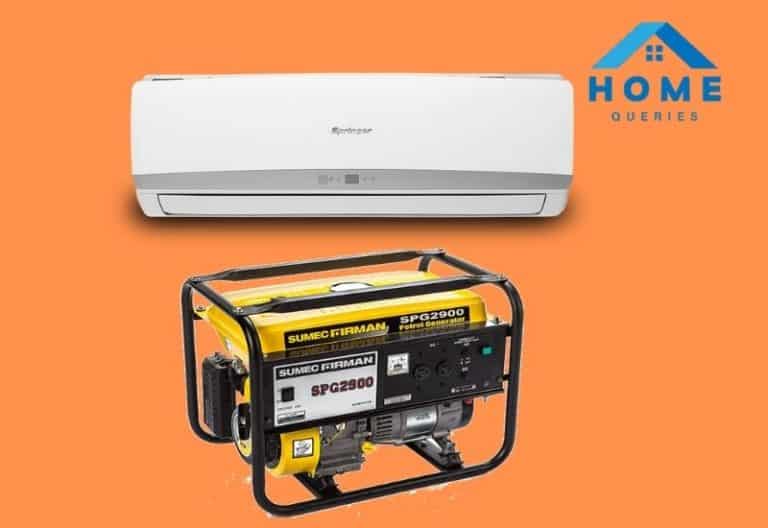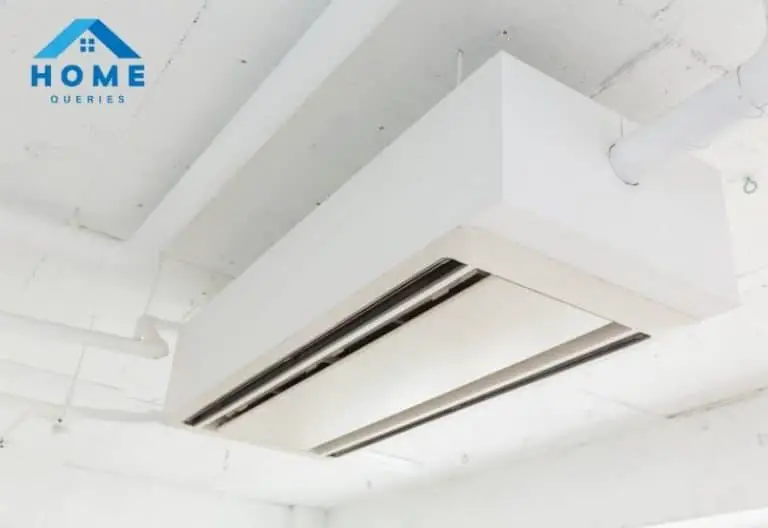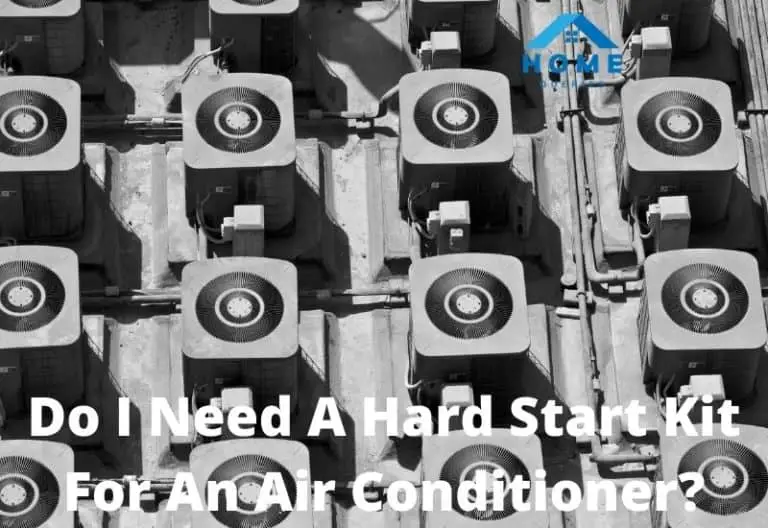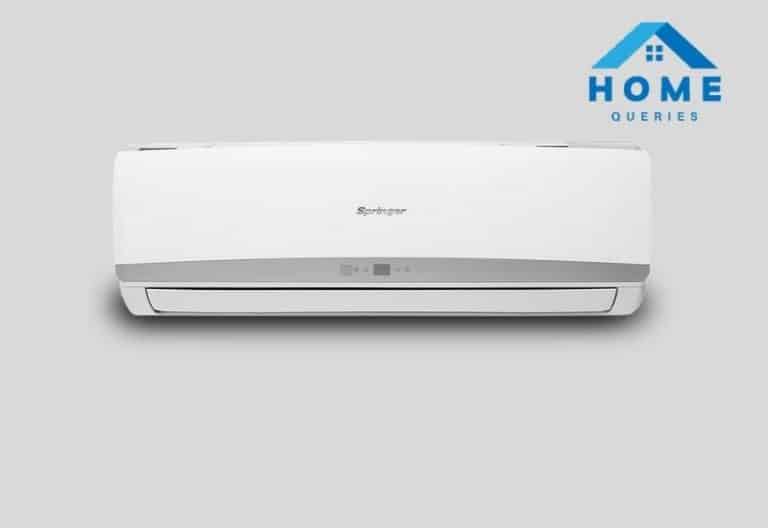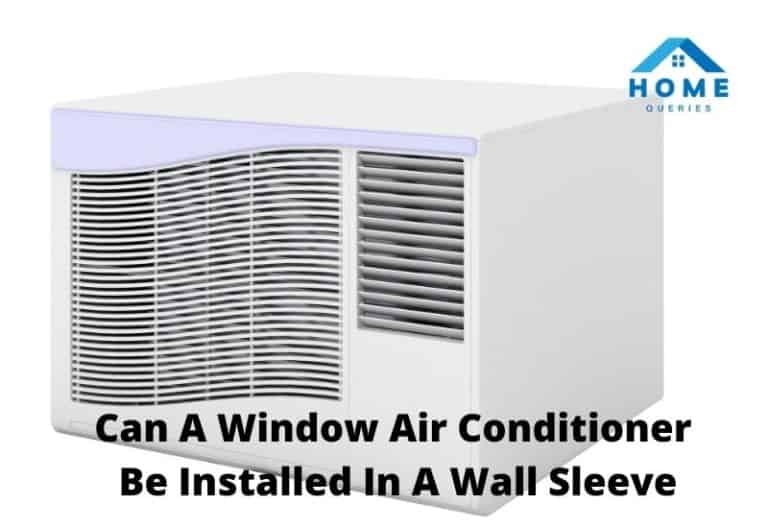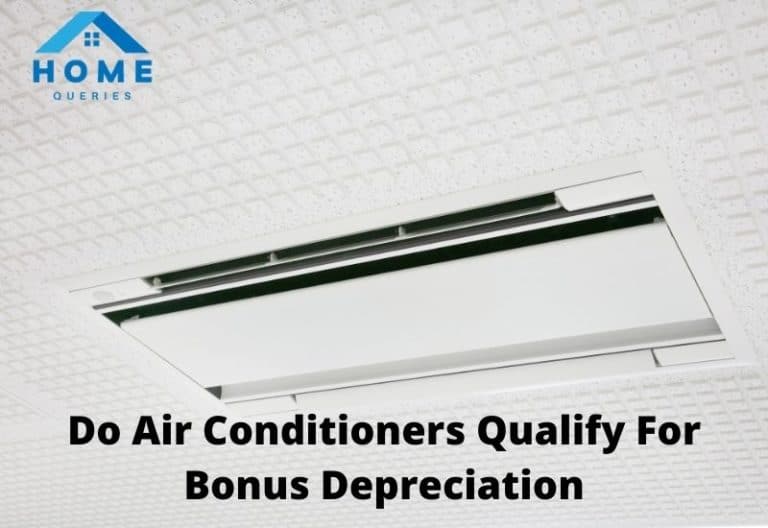Do you want to find a way to cool your home that won’t cost a lot on your energy bill? If so, you might want to consider buying a portable air conditioner.
Portable air conditioners are becoming more popular because they’re affordable and use less energy. But not all portable air conditioners have the Energy Star rating. Let’s take a closer look at this.
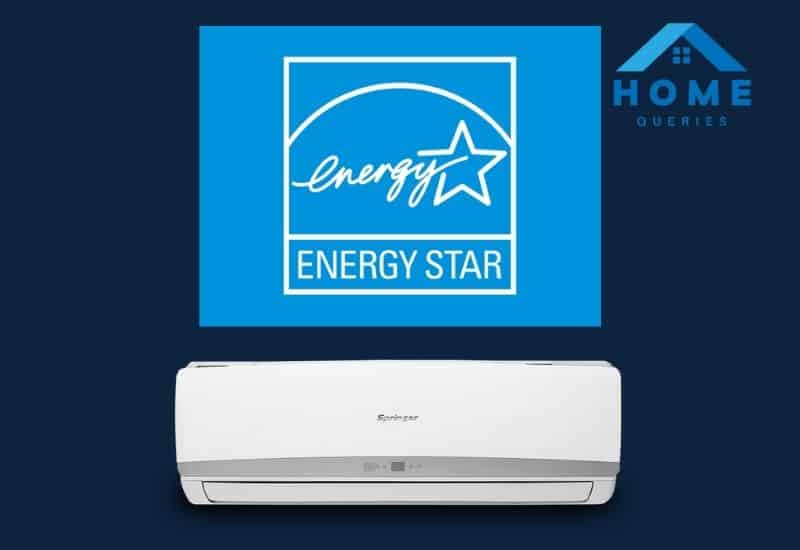
Are Portable Air Conditioners Energy Star Rated?
Portable room air conditioners aren’t currently ENERGY STAR certified. The Department of Energy has issued federal rules to limit portable air conditioners energy use. Once a government standard has been established, ENERGY STAR will decide whether or not to include portable air conditioners in the program.
The ENERGY STAR label indicates that a product meets the US Environmental Protection Agency’s high energy efficiency standards. Your system will not function to its rated efficiency if you buy a new energy-efficient air conditioner and connect it to an older furnace and blower motor.
As a result, the question arises: what are the ideal ratings for a heating, ventilation, and air conditioning system?
- To be considered an ENERGY STAR certified product, an HVAC system must have a SEER of at least 14.5 and an EER of at least 11.0 for single models and 12.0 for split systems.
- An air conditioner with a rating of 12 EER has high energy efficiency. Some of the most advanced gadgets are capable of exceeding 12 EER. The EER rating of the best micro split air conditioners is 12+.
What Is The Best Way To Tell Whether My New Air Conditioner Is Energy Efficient?
Today’s homeowners are continually looking for methods to save money by conserving energy. High-efficiency washers and dryers, as well as LED light bulbs, are two of the most popular ways to save energy in the household.
During the summer, an air conditioner consumes more energy than many other electrical instruments do during the year, especially in a hot and humid environment. One of the most effective strategies to save utility expenses is to reduce power consumption by installing a high efficiency air conditioner. We’ll teach you how to tell if your home’s air conditioning is energy efficient and what you can do about it if it isn’t.
To begin, determine your air conditioning system’s SEER (Seasonal Energy Efficiency Ratio): this information can be found on the AC’s cabinet or in the handbook. The higher the number, the better, because SEER determines how successfully an air conditioner turns electricity into cooling power. An air conditioner must have a minimum SEER of 14.5 in order to achieve the ENERGY STAR requirements set by the US Department of Energy. If your air conditioner has a low SEER, you should replace it with one that is ENERGY STAR qualified.
However, just because a unit’s SEER is greater than 14.5 doesn’t indicate it’s operating at peak efficiency, especially if it’s over a decade old. The system’s effective SEER will be reduced due to age, lack of care, and the necessity for repairs. Examine your utility invoices over the previous few years. Do you see a consistent growth in summer electrical bills over time, even after accounting for any increases in electricity costs?
This is a symptom that the air conditioner is losing efficiency due to age. This reduction is usually a strong indication that it’s time to replace the system if you’re keeping up with routine maintenance.
To begin, contact a technician to determine whether any repairs are possible. The technician can also do airflow tests and examine the motor draw to see if the air conditioner is losing its energy-saving capabilities. After that, the specialist can advise you on whether or not you should have a new system installed.
Even if your air conditioner has a SEER of around 15 and isn’t showing signs of wear, if it’s over 10 years old, you should consider upgrading to a high-efficiency unit, as some ACs may achieve 20 SEER or higher and save you money in the long term.
Your local air conditioner installation experts can advise you on the most energy-efficient replacement options for your home. As a result, a portable air conditioner with an Energy Star rating can keep your home cool while keeping your utility bills low.
Read more: Is Energy Star A Good Window Air Conditioner?
Various Types Of Air Conditioners Have Different Power Outputs
Using A Central Air Conditioner : During the summer, the average central air conditioner requires between 3000 and 3500 watts per hour. When your central air conditioner is set to ‘fan only,’ however, energy consumption lowers to around 750 watts per hour.
Using A Portable Air Conditioner : Portable air conditioners utilise about 2900 watts per hour on average. Larger systems can use up to 4100 watts per hour, which is more than enough to power even central air conditioners.
Power Consumption of Window Air Conditioners : The energy consumption of a medium-sized window air conditioner is 900 watts per hour. The smaller machines require around 500 watts each hour, whereas the larger units need 1440 watts.
While air conditioners consume a lot of energy, their actual energy consumption is dependent on a number of factors. A central air conditioner, on the other hand, will typically require between 3000 and 3500 watts per hour. Window units use between 900 and 1440 watts per hour, whereas portable units use between 2900 and 4100 watts per hour. Consult a local professional before selecting an air conditioner to help you achieve a healthy combination of convenience and efficiency.

What Does A Portable Air Conditioner Cost To Run?
The cost of power for a portable air conditioner is determined by a variety of factors; however, on this page, you’ll find the typical amount you can anticipate to pay per hour, per day, and per month for a portable AC unit.
- It costs $0.07 per hour to run a 5,000 BTU portable air conditioner. It costs $0.56 each day to use the portable air conditioner for 8 hours. It will cost approximately $16.80 to run the portable air conditioner for a month.
- The average hourly cost of running an 8,000 BTU portable air conditioner is $0.11. It costs $0.88 every day to use the portable air conditioner for 8 hours. It will cost about $26.40 to run the portable air conditioner for a month.
- The cost of running a 10,000 BTU portable air conditioner is $0.14 per hour on average. It costs $1.12 per day if the portable air conditioner is utilised for 8 hours each day. It will cost roughly $33.60 to run the portable air conditioner for a month.
- Running a 12,000 BTU portable air conditioner costs $0.16 per hour on average. It costs $1.28 per day if the portable air conditioner is utilised for 8 hours each day. It will cost roughly $38.40 to run the portable air conditioner for a month.
- The average cost of running a 15,000 BTU portable air conditioner is $0.20 per hour. If the portable air conditioner is utilised for 8 hours every day, the cost per day is $1.60. It will cost roughly $48 to run the portable air conditioner for one month.
The BTU consumption of a portable air conditioner is equivalent to the amount of electricity used. A 5,000 BTU PAC uses roughly 1.4 kWh, an 8,000 BTU unit 2.3 kWh, a 10,000 BTU unit 2.9 kWh, a 12,000 BTU unit 3.5 kWh, and a 15,000 BTU unit 4.4 kWh when converted to kilowatt-hours (kWh).
All portable air conditioners come with a BTU rating that tells you how powerful the unit is. Although air conditioners remove heat from the air and circulate cool air back in, the BTU measurement still applies. Instead of measuring the amount of heat added to the air, a portable AC BTU rating measures how much heat is removed.
What’s The Deal With The Doe’s Various Performance And Energy Ratings?
It’s impossible to compare the performance of portable and window units side by side because the US Department of Energy and the Environmental Protection Agency have different energy efficiency criteria for both. Better efficiency has always been mandated under window unit rules. Portables, on the other hand, are strengthening their standards, and neither one is making it any easier than the other.
In certain cases, the changes were updated every two years for a period of time. As a result, manufacturers had to devote a lot of their resources to it. According to Buckwell, the last Energy Star rating modification for window units was in 2016, allowing manufacturers to focus on other innovations like smart home and compressor technology.
British Thermal Units, or BTUs, were once used to quantify the power output of both portable and window units. These ratings were not always comparable due to their various efficiency and different methods of pulling in air for cooling. A 12,000 BTU window unit, for example, would normally cool a 550-square-foot room, whereas a 12,000 BTU portable unit would only chill a 400-square-foot space and yet use more energy.
In 2016, the Department of Energy (DOE) began the process of adopting a new efficiency criterion for portable air conditioners called Seasonally Adjusted Cooling Capacity (SACC) that would account for their greater energy use. Although there is no direct comparison between that new rating and the BTUs on a window unit, SACC has proven to be a reliable and complete measurement in our experiments. As of 2019, this new standard is in limbo, resulting in many portable products having dual-labelled power ratings. If you’re looking for a new portable unit, the SACC number is more important than the BTU rating.
Consumers Commonly Ask Related Questions
Consumers regularly inquire about the Energy Star program and air conditioners. As a result, we’ve compiled a list of the most often asked questions:
- What is the definition of SEER?
Air conditioners are rated using the Seasonal Energy Efficiency Ratio (SEER). It’s the proportion of cooling output to watts consumed per hour during each season. Your air conditioner will be more energy efficient if it has a higher SEER rating. SEER ratings of 13 or 14, depending on your environment, are required by federal legislation, but units with greater SEER ratings can be available.
- Which portable air conditioner uses the least amount of energy?
The Whynter ARC-12S portable air conditioner has an amazing Energy Efficiency Ratio (EER) of 11.1 and is the most energy-efficient model we tested. This is significantly higher than the average EER of 9.7 in our analysis.
- What does a good Energy Star rating for an air conditioner look like?
The Friedrich Chill CP06G10B is one of Amazon’s best-selling window air conditioners, and it was just selected as The Spruce’s finest window air conditioner for compact rooms. The CP06G10B has a 6,000 BTU rating and an EER rating of 12.2, making it ENERGY STAR certified for rooms between 150 and 250 square feet.
- Is a 14-star air conditioner an energy seer?
Energy Efficiency Improvement Air conditioners from Trane range in SEER from 14.5 to 22. However, keep in mind that this is the highest possible score. Your system’s efficiency will vary depending on the size of your home, your existing ducting, and other factors.
Conclusion
You may simply improve your knowledge of air conditioners after reading the entire article. You’ll also learn if ‘Portable Air Conditioners Are Energy Star Rated?’ Your local air conditioner installation experts can advise you on the most energy-efficient replacement options for your home.
It can keep your home cool while also lowering your utility expenditures. However, after reading the entire essay, you will be able to recognize issues that require attention.

